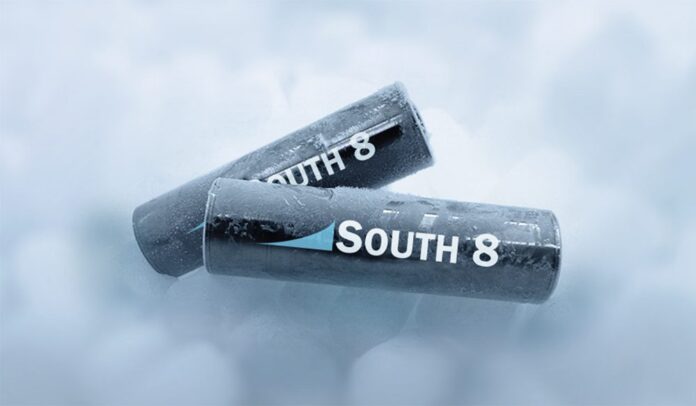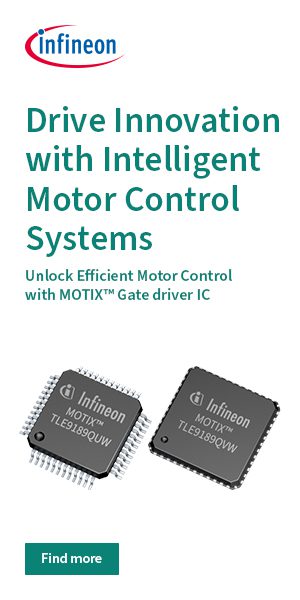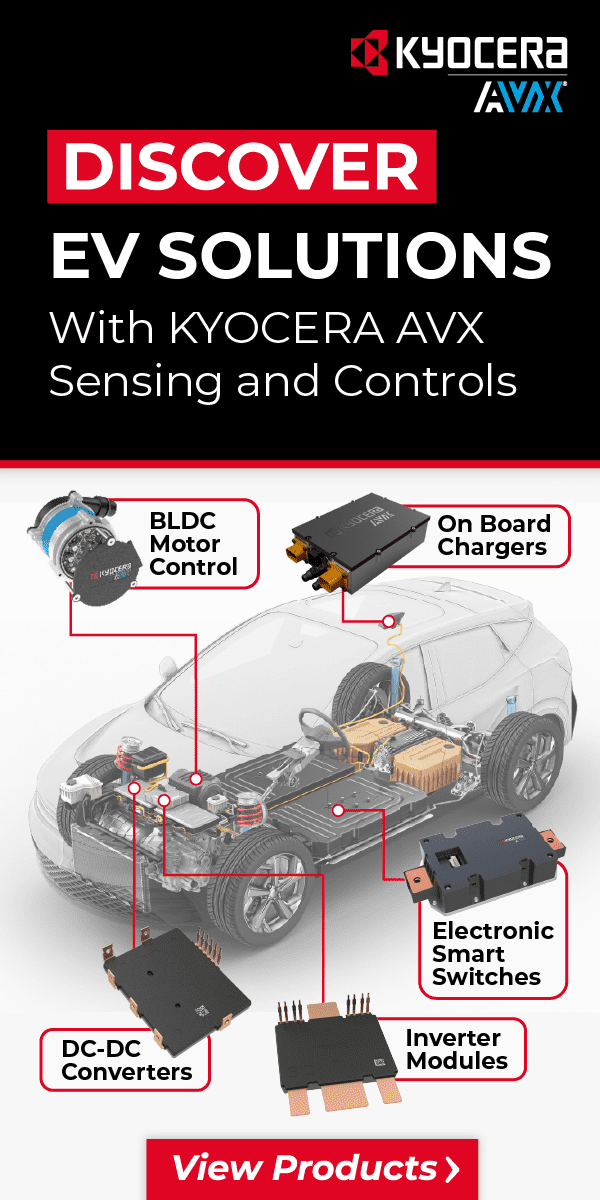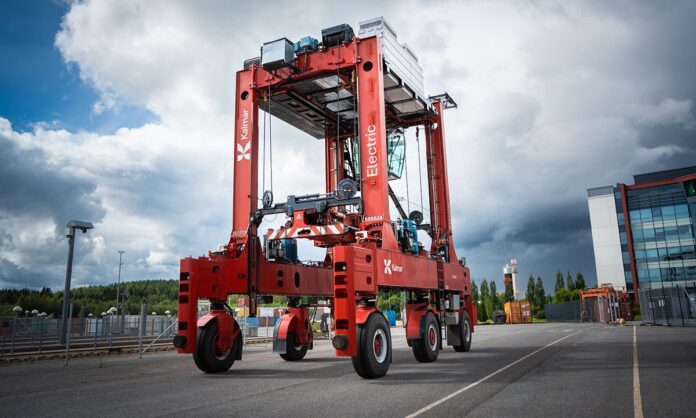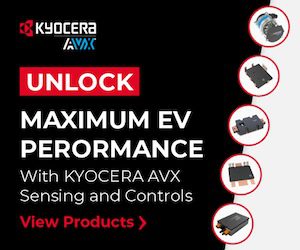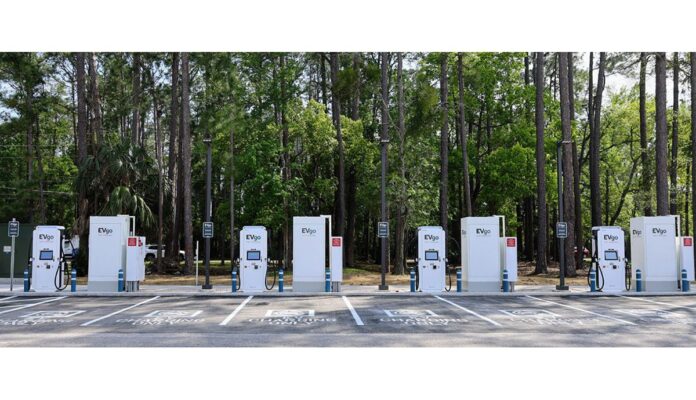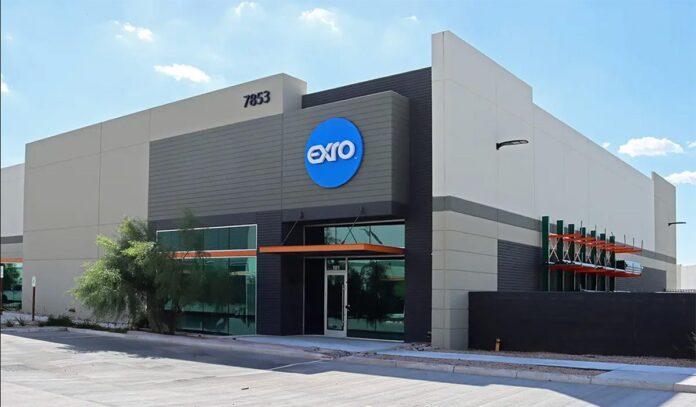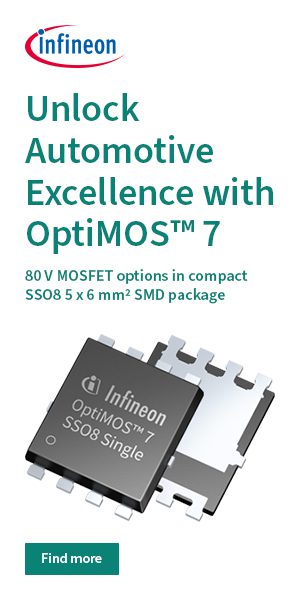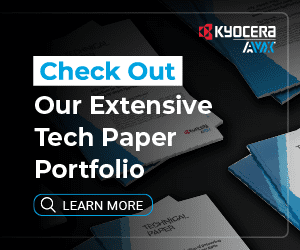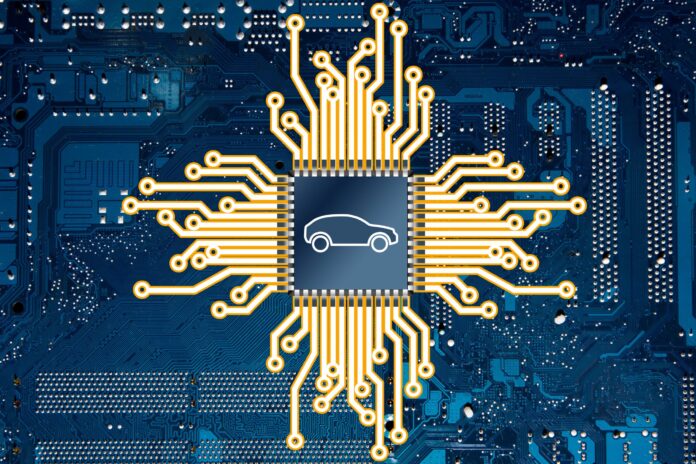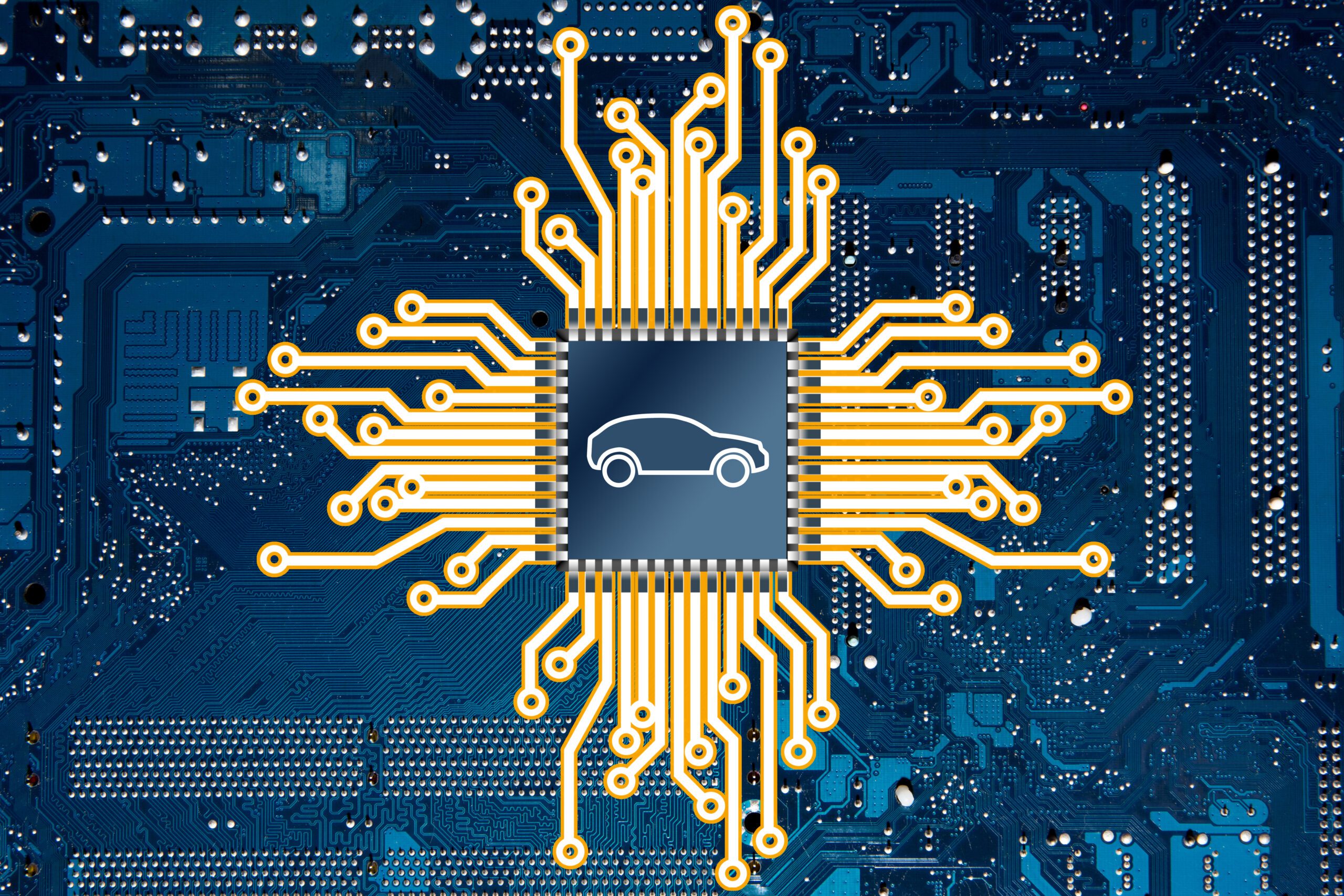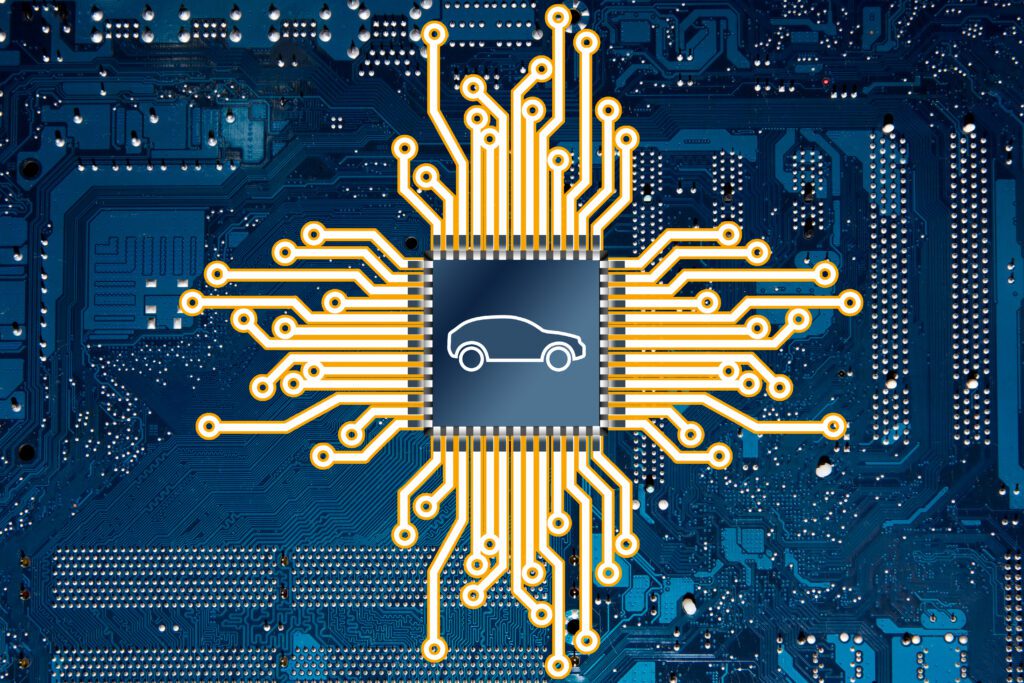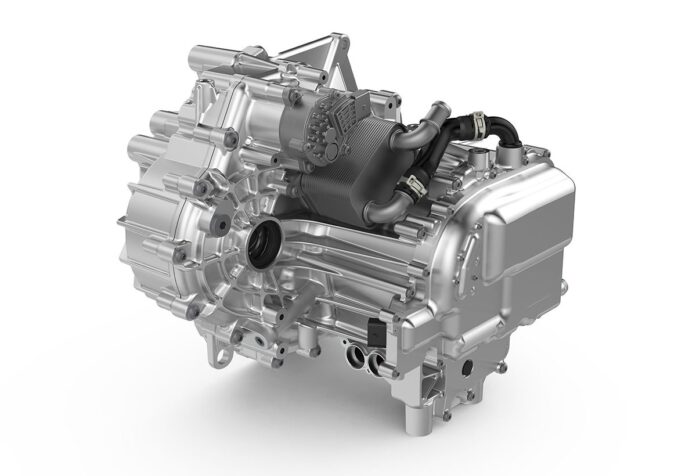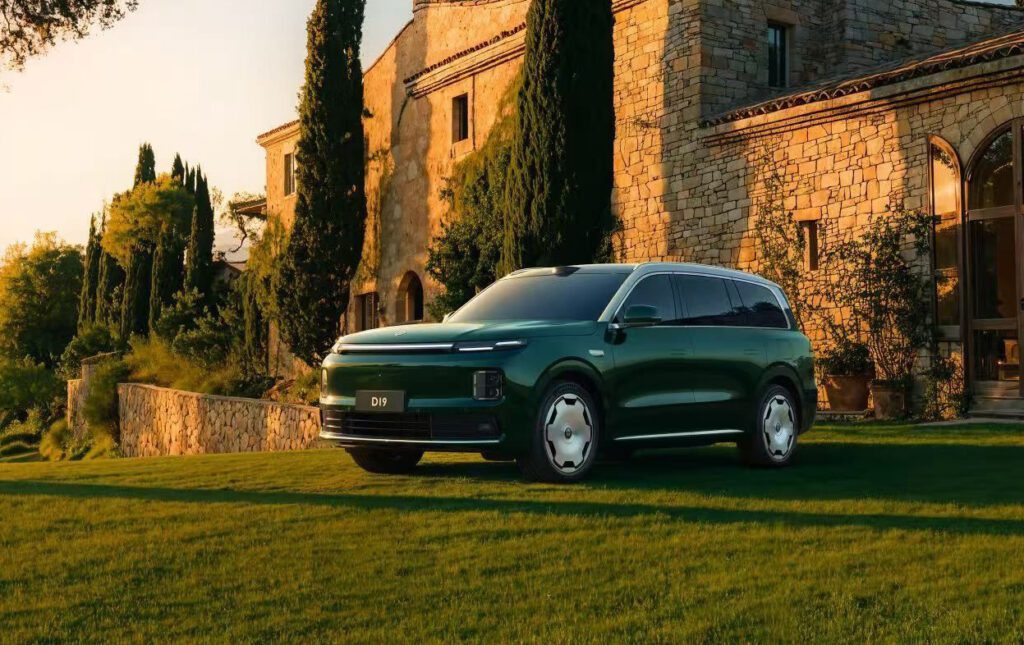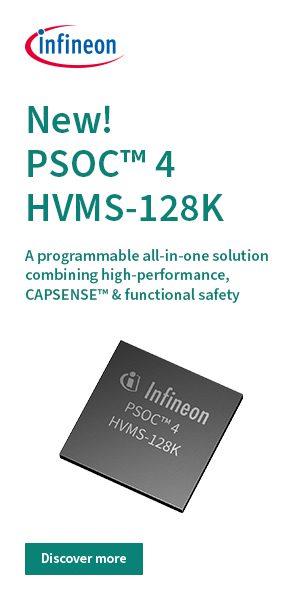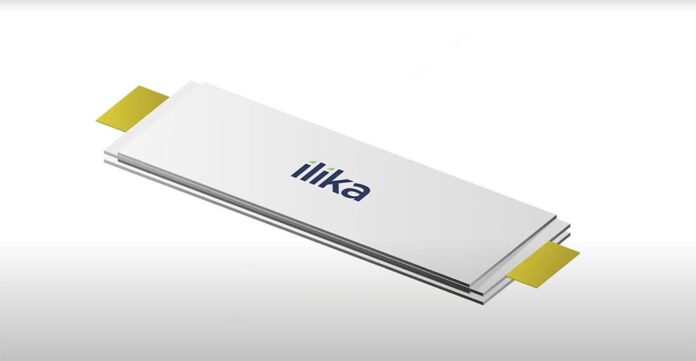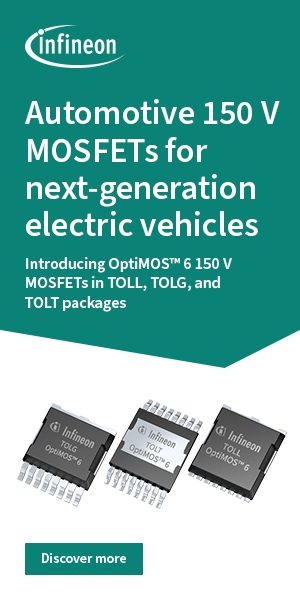Canada-based Focus Graphite Advanced Materials, which is developing high-grade flake graphite deposits and lithium-ion battery technology, has been selected by Natural Resources Canada (NRC) under the Global Partnerships Initiative for conditional approval of a $14.06-million plant.
The funding will support Focus Graphite’s project, “Transformation of Canadian Flake Graphite into Ultra-High Purity Battery & Advanced Materials Using Electrothermal Fluidized Bed Technology.” The project brings together Canadian, Ukrainian and US partners to produce ultra-high purity graphite for the global battery, aerospace, defense and advanced material markets.
The grant was announced by Tim Hodgson, Canada’s Minister of Energy and Natural Resources, at the G7 Energy and Environment Minister’s Meeting in Toronto to support the establishment of Canada’s first commercial, scalable electrothermal fluidized bed purification demonstration facility.
The technology produces ultra-high purity graphite with zero liquid waste and lower emissions. The initiative will be carried out in collaboration with Ukraine’s Thermal & Material Engineering Center (TMEC), which will lead the project management for the demonstration unit, overseeing engineering design, construction, fabrication, system integration and training.
Focus has entered into a formal agreement with TMEC to engineer, project manage and deliver the installation of a demonstration-scale electrothermal fluidized bed (EFB) furnace capable of continuous purification of natural graphite at industrial temperatures exceeding 2,500° C. The system will be designed for 100 kg/hour capacity, providing the foundation for a scalable commercial demonstration facility in Baie-Comeau or Sept-Îles, Quebec.
American Energy Technologies will continue providing processing and thermal purification services to support near-term customer sampling and product qualification. Back in the summer, Focus shipped two battery-grade samples to prospective offtake partners in the US for evaluation.
Focus has been working with American Energy Technologies (AETC) to validate the process on feedstock from the Lac Knife graphite mine. Focus has achieved over 99.999% grade without chemical reagents. Impurities in the natural flake graphite occur predominantly along the flake boundaries rather than within the crystalline lattice, which makes the material particularly responsive to high-temperature electrothermal purification, the company said.
As construction of the demonstration facility proceeds, Focus expects to continue working closely with AETC to purify additional material through its commercial-scale furnace, making it available for customer sampling, product qualification and engagement with potential offtake partners.
The initiative will also strengthen several ongoing partnerships, Focus said, including its upcoming work with the University of Texas at Dallas’s BEACONS Battery Prototyping Facility, which will independently evaluate and qualify the company’s purified graphite and siliconized anode materials for defense and dual-use battery applications.
In the first phase, BEACONS will fabricate and test 18650-format lithium-ion battery cells using the purified natural flake graphite in the anode. BEACONS then intends to collaborate further with Focus Graphite to develop a siliconized graphite anode, using a non-silane silicon feedstock sourced from North America. This program will prototype pouch cells for Unmanned Aerial Systems (UAS).
Once it is validated, the purified graphite will be made available through BEACONS’ network of users, which includes cell manufacturers, equipment developers and academic researchers, for further testing with complementary cathode and electrolyte systems, Focus said.
“This project represents Canada’s first commercial, scalable, continuous electrothermal fluidized bed purification system, powered entirely by renewable hydroelectricity and operating without the use of chemicals,” said Dean Hanisch, CEO of Focus Graphite. “NRCan’s financial support is instrumental in advancing this initiative, helping to accelerate domestic processing capacity and strengthen Canada’s position in the global critical minerals sector.”
Source: Focus Graphite Advanced Materials
